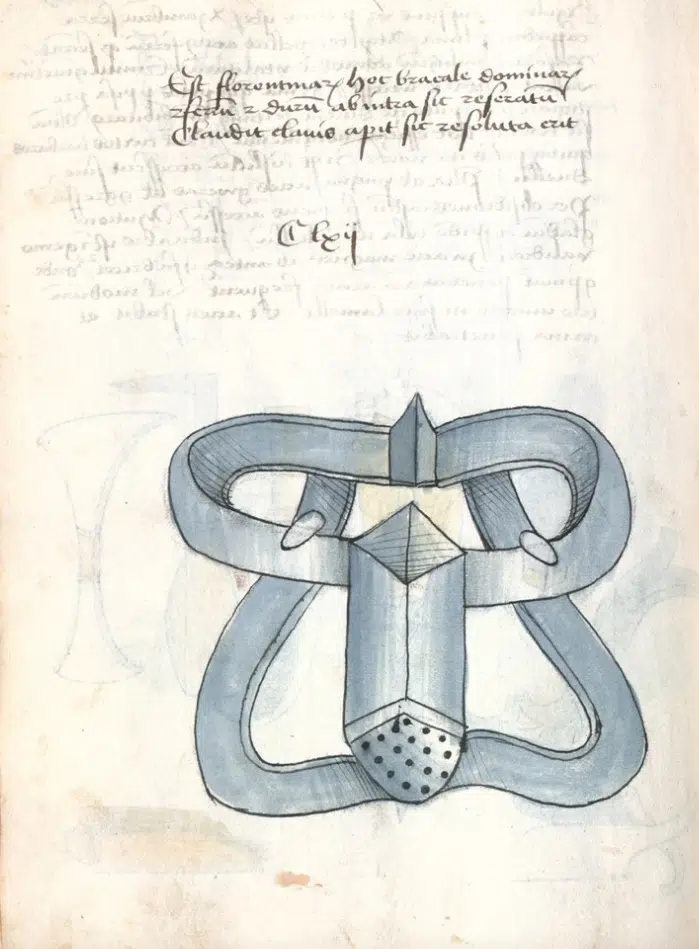Are They Real? The Dubious History Of Chastity Belts
Featured in Ripley's Believe It or Not!

Most of us heard the story at some point in middle school told by an overzealous peer who had just learned the undefined history of chastity belts. These devices were said to be metal contraptions that Medieval men would force their wives or daughters to wear in order to protect their virtue while their husbands or fathers were away at war.

A wife in a chastity belt reaches into her husband’s coin purse to pay another man to bring her the key.






